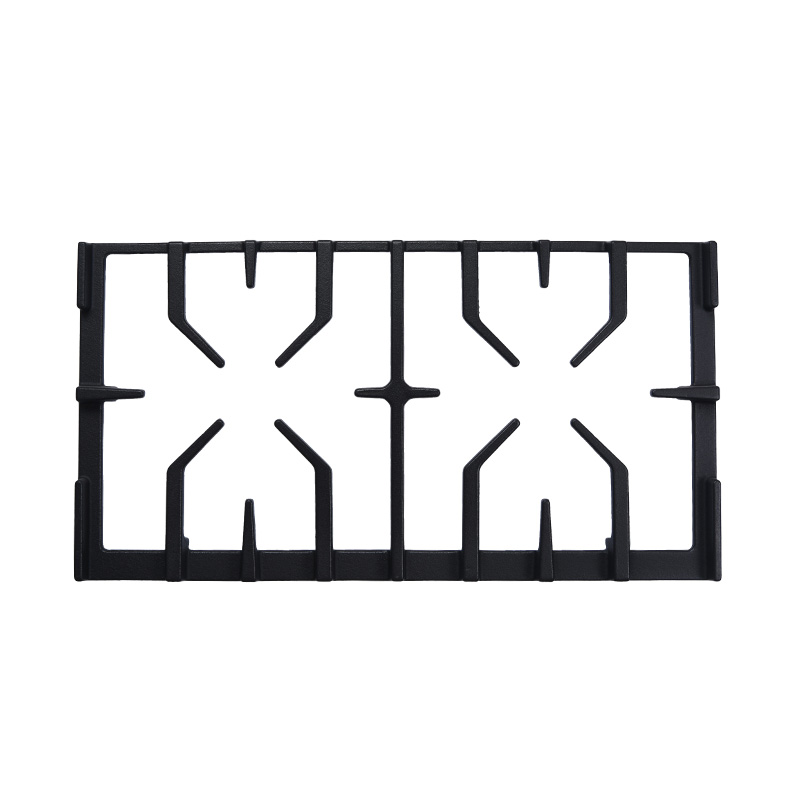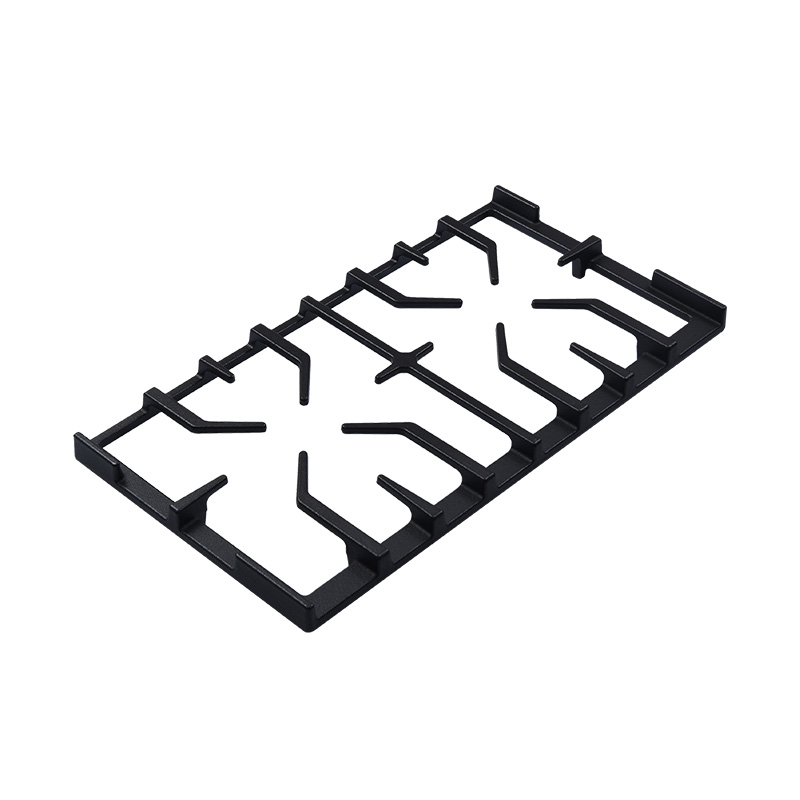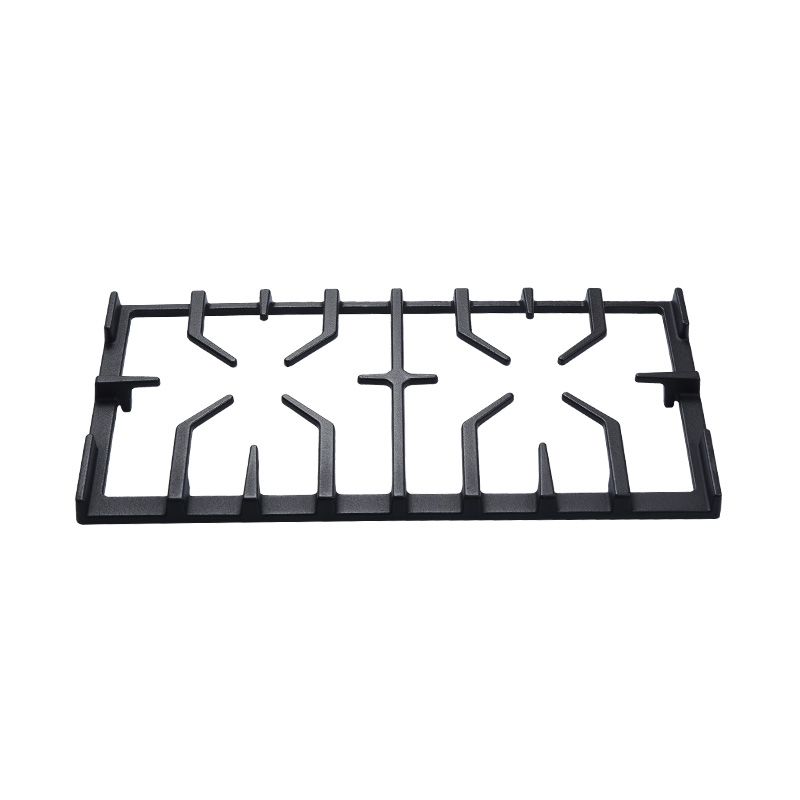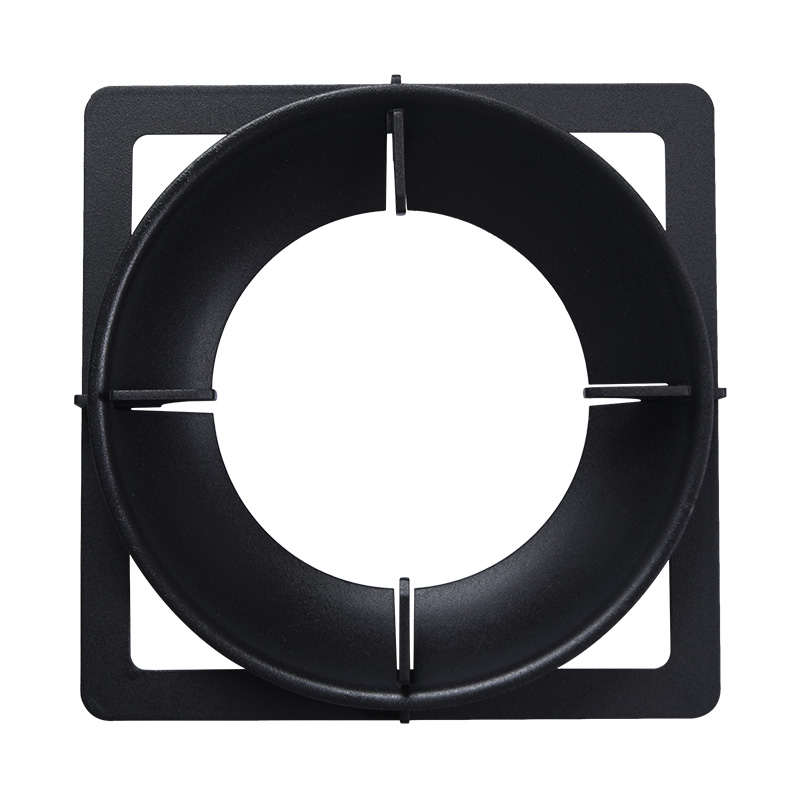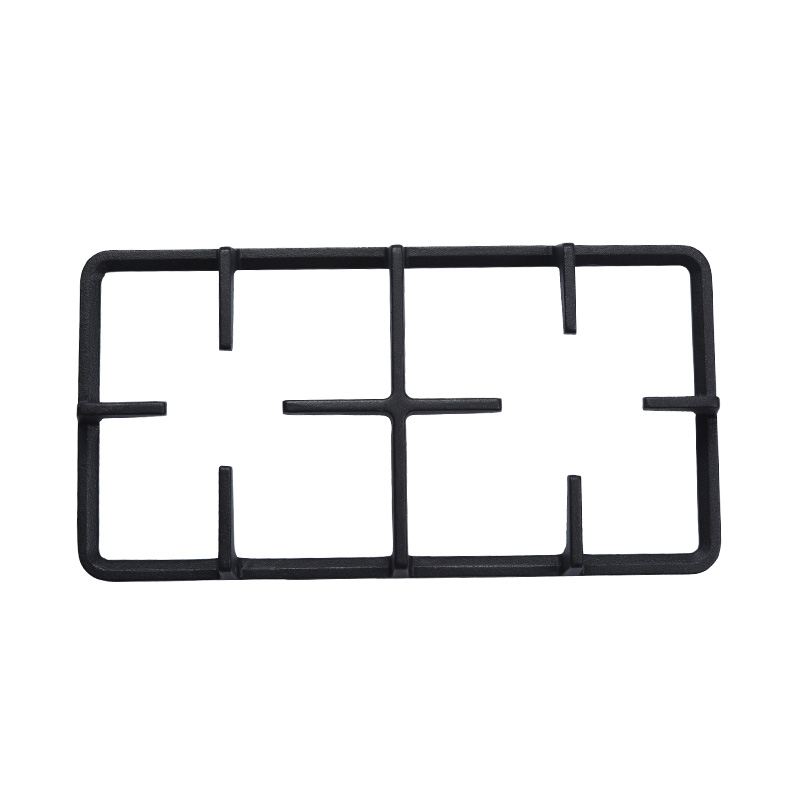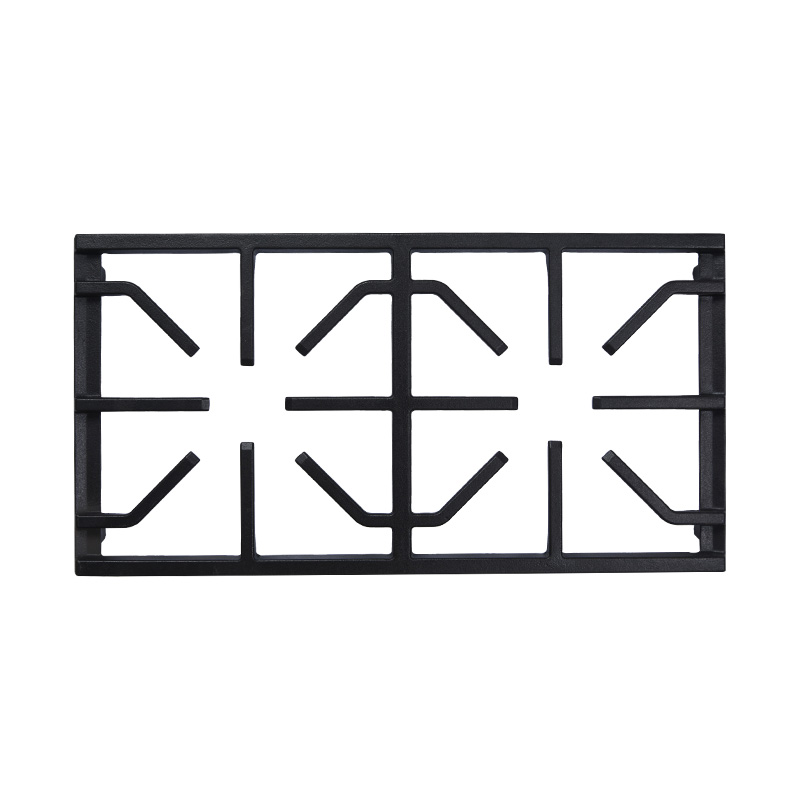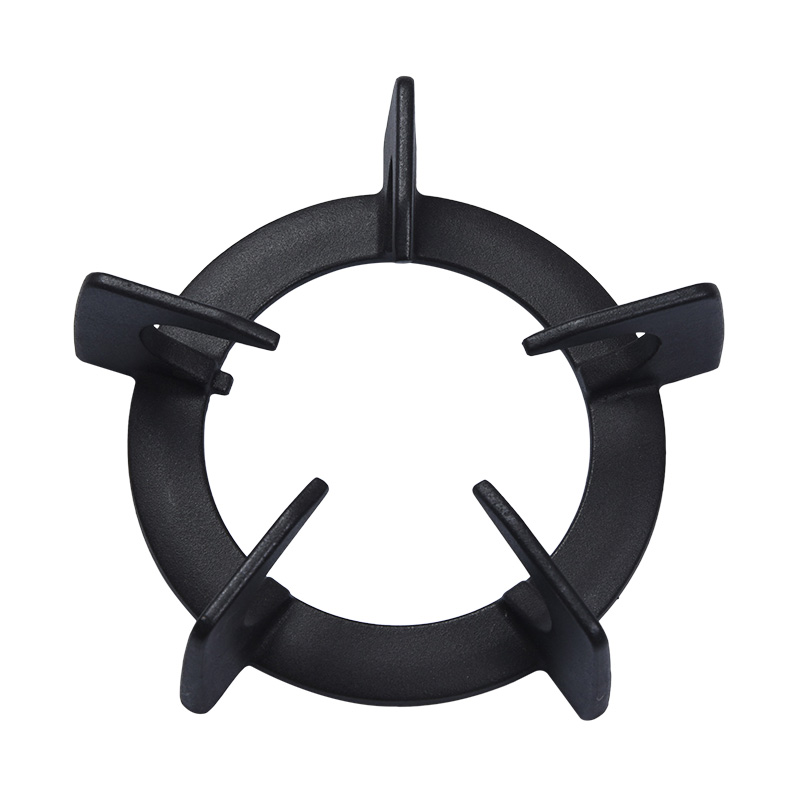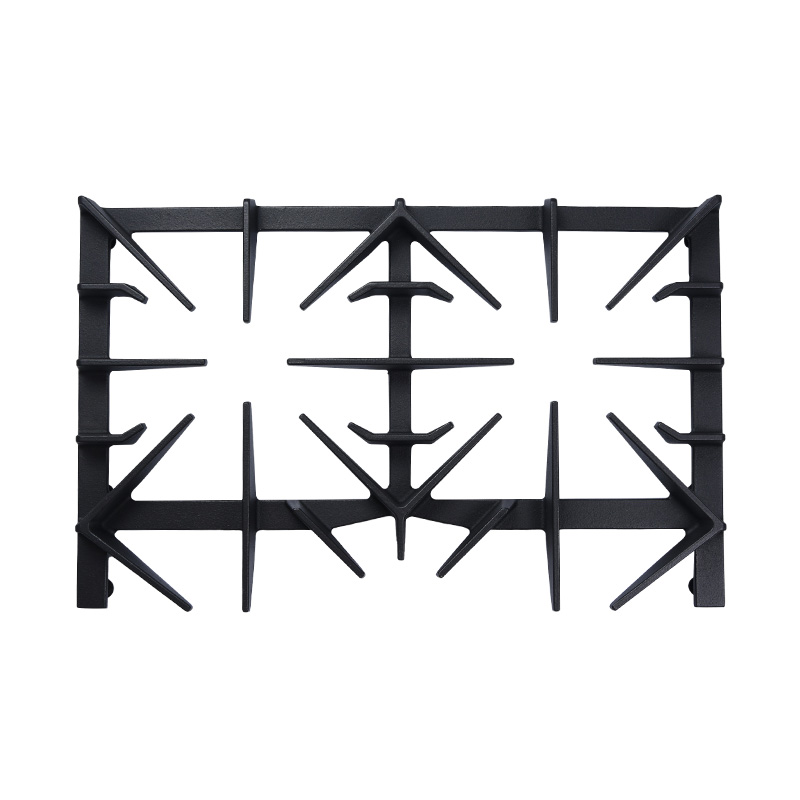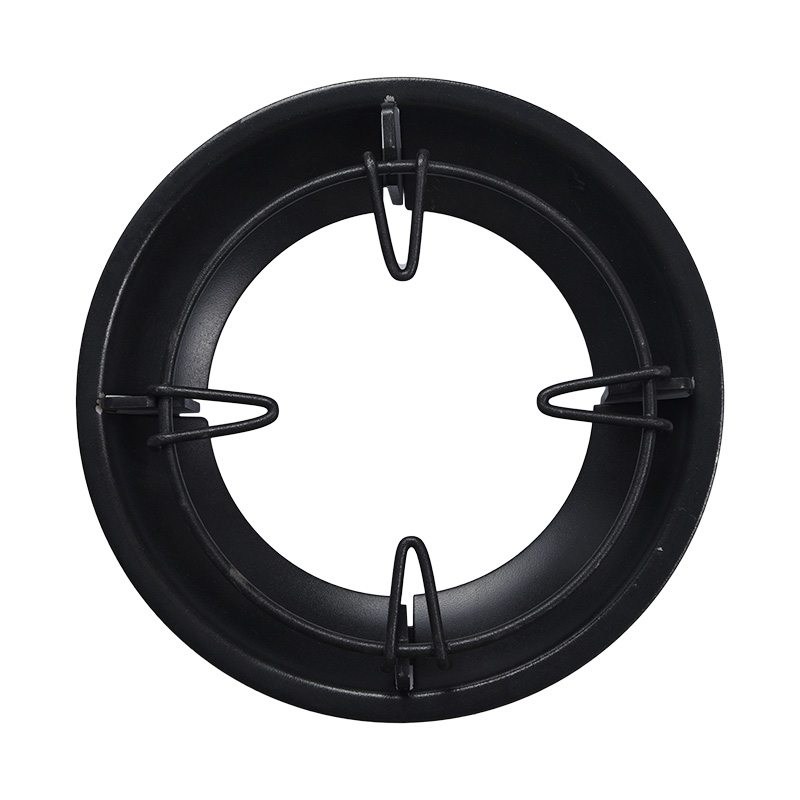What are the main functions of the liquefied gas stove fine furnace supports?
The liquefied gas stove fine furnace supports is an integral part of kitchen equipment, and its main functions include:
Stability: The stand provides a stable support for the LPG stove, ensuring that the stove does not move or tip over during cooking, thereby avoiding possible safety hazards.
Bearing capacity: The stand is designed to withstand the weight of the stove and the vibration that may occur during cooking.
Adjustability: Many stands have adjustable feet or heights to accommodate kitchen countertops or stoves of different heights.
Durability: The stand needs to be able to withstand long-term use and high temperature environments without deformation or damage.
Safety: The design of the stand should take into account the risk of preventing LPG leakage and fire, ensuring safety during use.
Convenience: Some stands may contain storage space or tool hooks to improve the efficiency of kitchen work.
Aesthetics: The design of the stand also takes into account the coordination with the kitchen decoration to enhance the overall aesthetics.
Why does the liquefied gas stove fine furnace supports require high temperature and corrosion resistant materials?
The liquefied gas stove will generate high temperature during use, and there may be contact with corrosive gases or liquids, so the material selection of the bracket is crucial:
High temperature resistance: The material needs to be able to withstand the high temperature generated when the stove is working to prevent deformation or melting due to overheating.
Corrosion resistance: Common detergents, food residues, etc. in the kitchen environment may be corrosive, and the material needs to be able to resist these corrosive effects.
Wear resistance: The bracket will be subject to friction and impact in daily use, and wear-resistant materials need to be selected to extend the service life.
Stability: The chemical stability of the material should be good to ensure that no chemical reaction will occur under various environmental conditions, affecting the performance of the bracket.
Hygiene: High temperature and corrosion resistant materials are usually easy to clean, which helps to keep the kitchen hygienic.
How should the maintenance and cleaning of the liquefied gas stove thin stove bracket be carried out?
Proper maintenance and cleaning can extend the service life of the liquefied gas stove thin stove bracket and ensure its performance:
Regular inspection: Regularly check the various components of the bracket, including screws, welding points and support feet, to ensure that there is no looseness or damage.
Gentle cleaning: Use a mild detergent and a soft cloth or sponge to clean the bracket, and avoid using strong acids, strong alkalis, or abrasive cleaners.
Avoid scratching: Avoid using hard brushes or metal wire balls during cleaning to avoid scratching the surface of the bracket.
Dry storage: After cleaning, make sure the bracket is completely dry before storing or using it to prevent corrosion caused by moisture.
Avoid overloading: Do not place heavy objects on the bracket that exceed its load-bearing capacity to avoid deformation or damage.
Correct use: Follow the instructions for use of the bracket and do not use it for non-designed purposes, such as as a climbing tool or to support other heavy equipment.
Environmental control: Try to store the bracket in a dry, ventilated environment and avoid prolonged exposure to moisture or extreme temperatures.
Professional maintenance: For complex maintenance issues, it is recommended to contact a professional for inspection and repair.


 English
English 中文简体
中文简体 Español
Español русский
русский